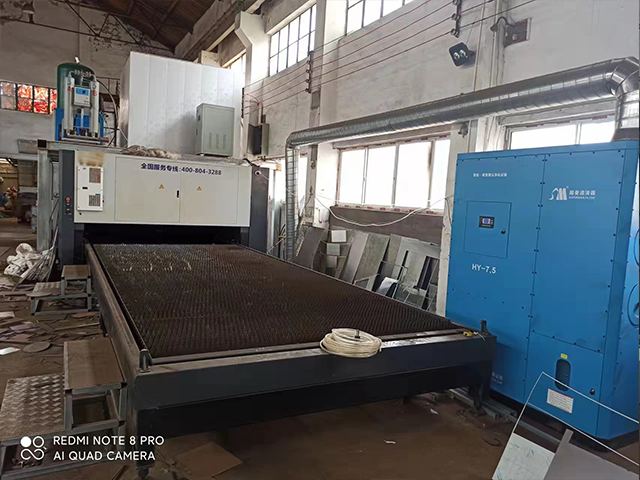Laser Cutting Dust: Understanding Its Composition, Impacts, and Control Measures
Laser cutting is a highly precise and efficient method of cutting materials using a focused laser beam. However, one of the byproducts of this process is the generation of dust, which can have both environmental and health impacts. Understanding the composition, impacts, and control measures for laser cutting dust is crucial for ensuring a safe and sustainable work environment.
Composition of Laser Cutting Dust
Laser cutting dust is composed of the material being cut, as well as any coatings, lubricants, or additives used during the cutting process. The composition of the dust can vary depending on the type of material being cut, such as metals, plastics, or composites. Metals, for example, can produce dust that contains metal oxides, while plastics can release toxic fumes and chemicals.
Impacts of Laser Cutting Dust

Laser cutting dust can have both environmental and health impacts. Environmentally, the dust can contaminate the air and water sources if not properly controlled. This can have negative effects on the surrounding ecosystem.
On the health side, laser cutting dust can pose significant risks to workers. Inhalation of dust particles can lead to respiratory issues such as coughing, wheezing, and shortness of breath. Prolonged exposure can result in more severe conditions like asthma, chronic obstructive pulmonary disease (COPD), and even lung cancer. Additionally, the dust can cause skin irritation and eye damage if it comes into contact with exposed areas.
Control Measures for Laser Cutting Dust
To mitigate the impacts of laser cutting dust, it is crucial to implement effective control measures. Here are some key steps to consider:
Use Enclosures and Barriers: Enclosing the laser cutting area with barriers or curtains can help contain the dust within a controlled environment. This prevents the dust from spreading to other areas of the workspace.
Install Dust Collection Systems: Installing a dust collection system is essential for capturing and removing the dust generated during laser cutting. These systems typically include a vacuum fan, filters, and a dust bin. The fan draws air and dust into the system, where the filters trap the dust particles. The clean air is then exhausted back into the workspace.
Provide Personal Protective Equipment (PPE): PPE such as respirators, goggles, and gloves should be worn by workers to protect against inhalation, eye exposure, and skin contact with laser cutting dust.
Regular Cleaning and Maintenance: Regularly cleaning the laser cutting machine, dust collection system, and surrounding area can help reduce the accumulation of dust. This should be done using appropriate cleaning materials and methods to ensure that dust is not spread further.
Train Workers on Dust Hazards: Providing training to workers on the hazards of laser cutting dust and the importance of following dust control measures can help ensure that they are aware of the risks and take the necessary precautions.
In conclusion, laser cutting dust is a potential hazard that should be taken seriously. Understanding its composition, impacts, and control measures is crucial for ensuring a safe and sustainable work environment. By implementing effective dust control measures, we can minimize the impacts of laser cutting dust and protect the health and safety of workers.